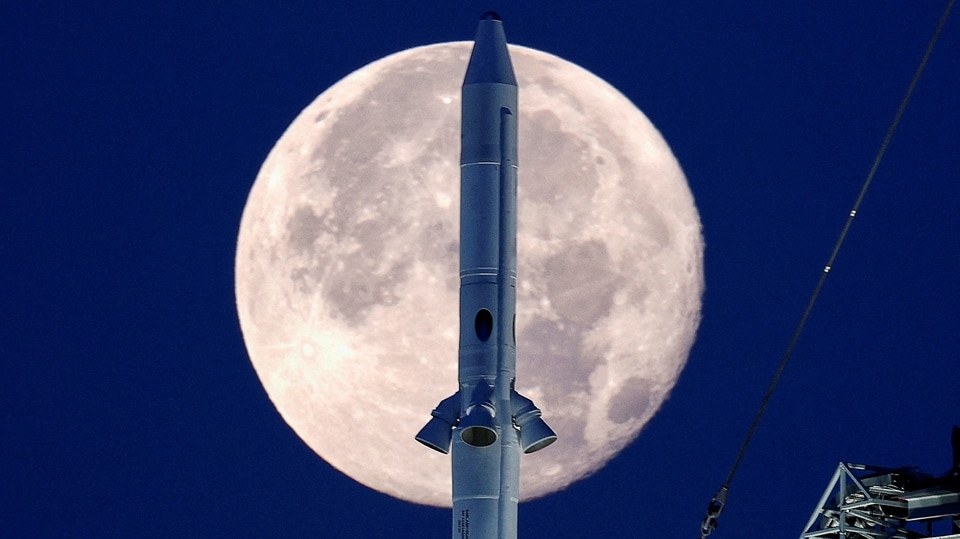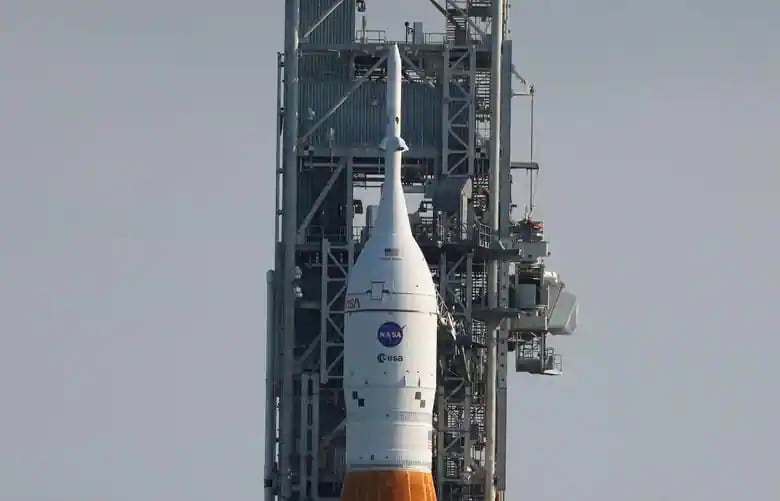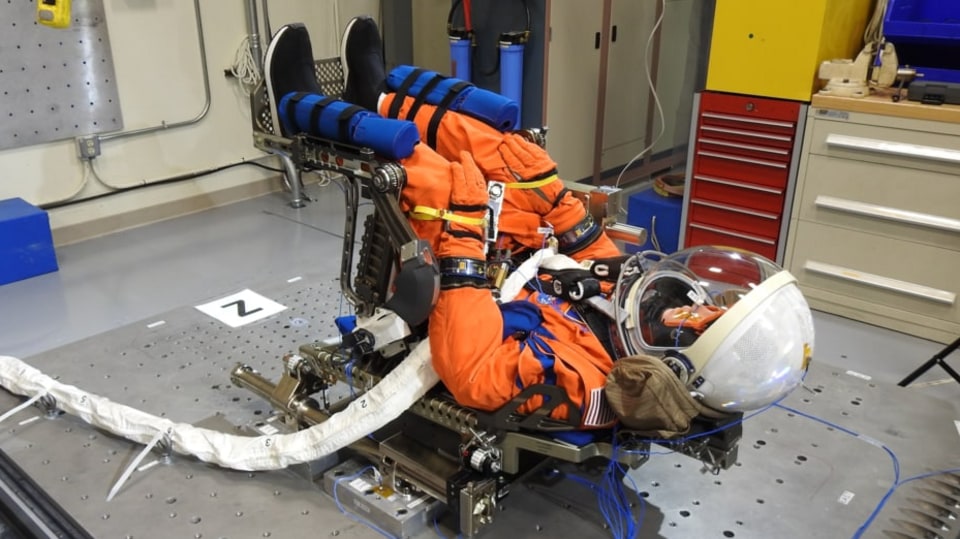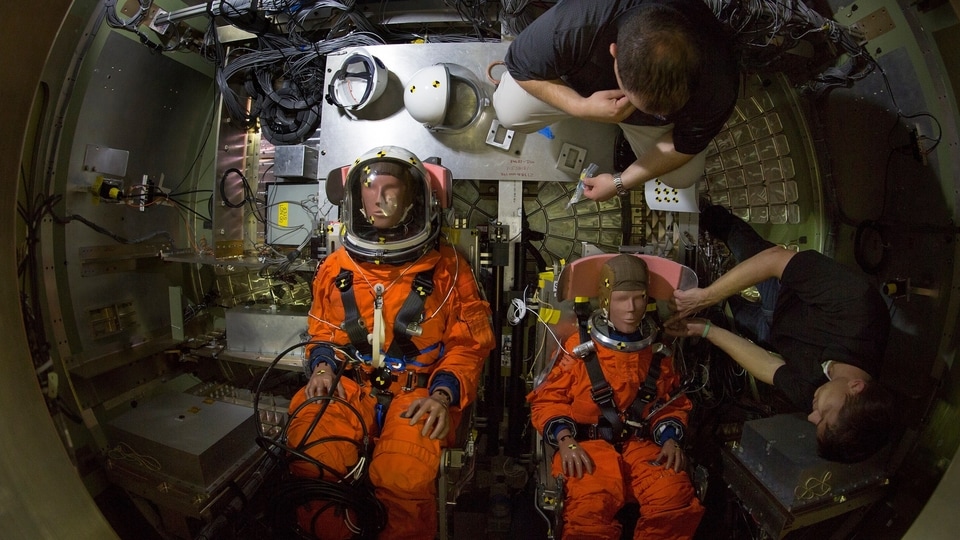After Huge Discovery, China Plans More Moon Missions
China plans to launch three unmanned missions to the moon over the next 10 years, as it seeks to rival the US in the new era of space exploration.






 View all Images
View all ImagesChina plans to launch three unmanned missions to the moon over the next 10 years, as it seeks to rival the US in the new era of space exploration.
China's National Space Administration, its equivalent of NASA, received approval to send three orbiters to the moon as part of the Chang'e lunar program, said Liu Jizhong, an official with the China Lunar Exploration and Space Program Center, according to state-backed CCTV.
The announcement came a day after China said it discovered a new lunar mineral, via samples retrieved by its Chang'e-5 mission. Named Changesite-(Y), it was described by the state-run Xinhua news agency as a kind-of colorless transparent columnar crystal. It's said to contain helium-3, an isotype that's been speculated as a future energy source.
China has ramped up its ambitions in space in recent years, sending probes to the moon, building its own space station and setting its sights on Mars, plans that have put it in direct competition with the US. NASA has a rover on the Red Planet and is seeking to put astronauts on the moon again this decade. Both countries are eyeing the moon's minerals with space mining expected to be the next source of tension.
The two sides have been trading barbs in recent weeks, after the US's Artemis I mission, its first major push to return to the moon in half a century, was delayed. NASA Administrator Bill Nelson has accused China of stealing space technology, and the country has been criticized over space debris.
US and China Spar in New Space Race to Tap Moon's Resources
Established in 2004, China's lunar exploration program launched its first spacecraft three years later. The Chang'e program takes its name from the Chinese moon goddess, and has been recently focused on collecting samples from the lunar surface. The Chang'e-7 program will target the moon's South Pole, an area scientists think is the best place to find water. NASA is also targeting that part of the moon.
China aims to eventually build a moon-based international research station, Liu, the government official, said Saturday.
Catch all the Latest Tech News, Mobile News, Laptop News, Gaming news, Wearables News , How To News, also keep up with us on Whatsapp channel,Twitter, Facebook, Google News, and Instagram. For our latest videos, subscribe to our YouTube channel.































